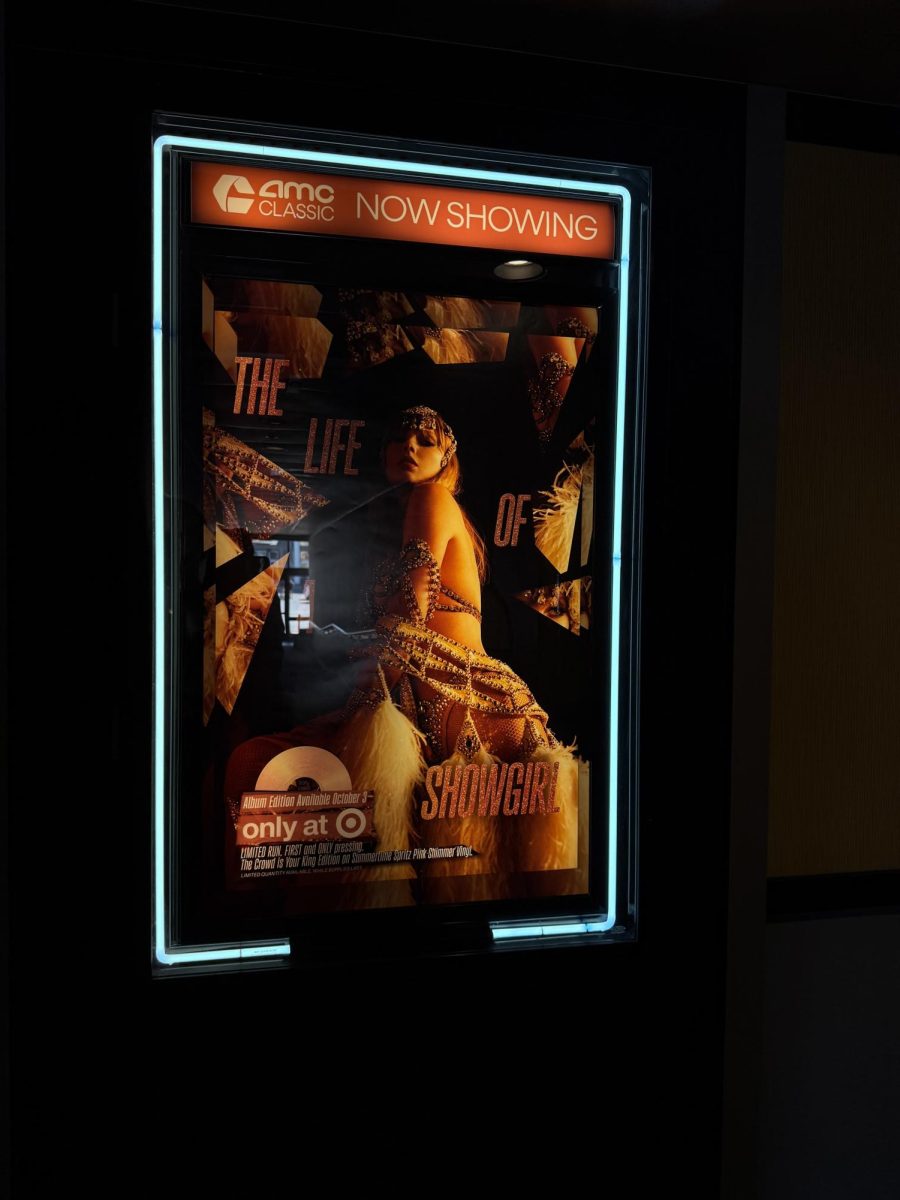Welcome to CalTimes’s Album of the Week series! We will be reviewing our favorite albums and artists, old and new, across all genres. If you have any suggestions, please email us!
Gordon Lightfoot may be best known for his haunting 1976 song “The Wreck of the Edmund Fitzgerald,” a tribute to the doomed Great Lakes ship. However, his roots in mellow folk rock are best showcased through his 1970 album “Sit Down Young Stranger”.
Lightfoot (1938-2023) was one of the most famous Canadian musicians, helping set the tone for the singer-songwriter surge of the 1970s. He was among the first to join Neil Young, Carole King, America, Joni Mitchell, James Taylor, and others in defining the early folk and country genre.
The mood throughout Lightfoot’s sixth album is very reflective and often bittersweet, with stories of love, loss, and self-discovery. The record is beautifully crafted and captures Lightfoot’s ability to connect on a deeply human level.
Though singer-songwriter Lightfoot can be credited for much of the album, he enlisted help from several legendary musicians: Red Shea on guitar and Rick Haynes on bass, as well as others like Highwayman Kris Kristofferson and Randy Newman of Disney soundtrack fame.
The album overall reached No. 12 on the 1971 US Billboard 200, and No. 8 in Lightfoot’s home country of Canada. After release, the album’s title was changed to “If You Could Read My Mind” to attempt an increase in sales after the song with the same name reached No. 1 on the Canadian singles chart and No. 5 on the US Billboard Hot 100.
Most of the tracks predominantly feature Lightfoot’s voice and a soft guitar, with some soft brush percussion and an occasional string orchestration. Each track has the ability to connect with audiences and become a listener’s favorite, with notable standout aspects.
Track 5, “Cobwebs and Dust,” sings as a lullaby. With every first and third line of a stanza repeating, this song is a wonderful piece to sing to small children at bedtime. While the song has some bittersweet themes, the last stanza has a hopeful note: “Run to her side, run to her side / Run to my island and make her yer bride / Whom shall it be, whom shall it be / We been too long together, my island and me”.
The original title track, “Sit Down Young Stranger”, is a wonderful showcase of the ebb and flow of Lightfoot’s songwriting expertise. Written from the perspective of someone welcoming an unfamiliar traveler into their home, deeper emotional topics are brought up. Lightfoot asks the stranger, “(a)nd will you gather daydreams? / Or will you gather wealth? / How can you find your fortune? / When you cannot find yourself?”
These lines resonate with the audience and force them to reflect on their own lives, all while producing respect for Lightfoot’s willingness to open up to listeners.
The new title of the album, “If You Could Read My Mind,” appears as the eighth track on the album. Noticeably, the most personal track, Lightfoot penned the song as a reflection on his failed marriage. Lightfoot and wife Brita Ingegerd Olaisson divorced in 1973 due to Lightfoot’s infidelity. The ending lines “I don’t know where we went wrong / But the feeling’s gone and I just can’t get it back” act as a form of apology to Lightfoot’s wife and family.
Lightfoot also added his take on the Kris Kristofferson track “Me and Bobby McGee”, perhaps best known by Janis Joplin’s wailing version released a year later. While the Joplin version is decidedly more iconic, Lightfoot’s low and sweet portrayal of a female Bobby McGee whom he “let slip away” cannot be overlooked. Additionally, Kristofferson himself offers his vocals and provides a nice harmony with Lightfoot’s voice later in the track.
Rating: 8/10
Main attractors: Gordon Lightfoot’s warm voice is showcased well on each of the tracks. The topics on some of the songs, such as “The Pony Man” and “Approaching Lavender,” add to the uniqueness of the album, and the emotions on other tracks resonate with audiences, young and old. The simplicity of the album as a whole provides a comforting listening experience.
Main detractors: Lightfoot follows the same themes and whimsical songwriting patterns, resulting in the whole album having a similar feeling. He could have expanded a little more and diversified the instrument use, especially considering the caliber of session musicians that were used in the recordings. However, more than 50 years later, the album still stands as a folk rock influence for many newer artists and is a decent mellow listen.








Keith Harrison • Sep 13, 2025 at 11:48 am
Outstanding writing as usual. Gordon Lightfoot is awesome.